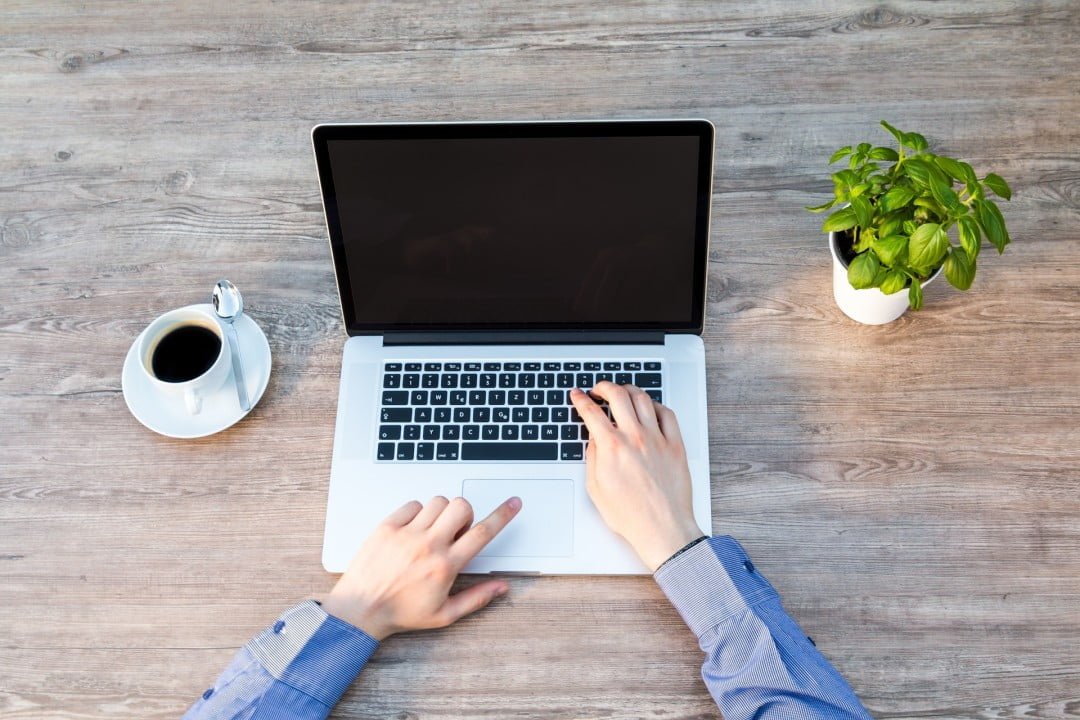Have you ever had your laptop die in the middle of an important project and you are looking for tips for extending the lifespan of your laptop battery? Or have you experienced that dreaded “low battery” alert, sending you scrambling to find an outlet before your laptop shuts down? Things like screen brightness and ventilation can affect how long your battery lasts.
All batteries wear out over time, but they don’t wear out at the same rate. So, if you want to make your laptop battery last longer, there are a few things you can do. But how can you increase your laptop battery life? Laptop batteries are known for not lasting very long, but with a bit of knowledge and some simple tricks, you can make your laptop’s battery last longer.
Two people given identical new laptops on the same day could end up with significantly different battery lives after two years—maybe even a 40 percent difference. It all depends on how you charge it, how hot it gets, how you store it, and making sure it never fully drains. The good news? Once you figure out what’s draining your battery, you can fix it.
People Also Read: Samsung Galaxy S24: Leading the Way in Sustainable Technology
Here are a few tips for extending the lifespan of your laptop battery:
1. Optimize Battery Usage and Performance Management Settings
Fortunately, your laptop comes with settings that can help you get more out of your battery. If you notice your battery draining too fast, try this step first: Type battery in the Windows search bar located at the bottom left corner of your screen. The window that appears will allow you to activate battery saving options and explore other ways to enhance performance.
Here’s another handy tip: Reduce your screen brightness. Most likely, there’s a function key on your keyboard with a sun or similar symbol. Press the key and use the arrow keys to lower the brightness. Alternatively, you can find this option by searching for display brightness levels in your Windows search bar.
2. Identify and Close Resource-Intensive Applications
Have you ever walked out of a conference room and forgotten to switch off the lights? Many conference rooms are equipped with motion sensors that automatically turn off lights when the room is empty. This feature helps save energy, much like closing energy-draining applications can prolong your laptop’s battery life.
To conserve your battery, consider closing applications that you’re not actively using. If you’re unsure which apps are draining your battery the most, type battery usage in your Windows search bar. Check the battery usage per app section to identify the apps consuming the most battery power.
For instance, you might discover that Google Chrome is using 45% of your battery, while Microsoft Excel is using 21%, and Microsoft Word is using 9%. Close the most power-hungry apps; in this case, you’d want to close Google Chrome. Another simple tip is to switch your laptop to airplane mode to reduce battery usage.
3. Adjust Graphics and Display Settings
If your laptop has a graphics processor, it might be contributing to battery drain. Open the battery usage screen to see how much battery it consumes. If you’re not pleased with the results, you can adjust your graphics settings to conserve battery power.
For instance, you can customize program settings to assign specific applications to different graphics processing chips, lightening the load on your battery. You could also allocate games to a discrete graphics card and other tasks to integrated graphics to optimize energy usage.
People Also Read: Essential Tips to Consider When Shopping for a New Computer
4. Ensure Proper Ventilation
While it’s convenient to toss your device into a laptop bag, doing so can disrupt airflow and deplete your battery. This happens because the material of the bag can block the ventilation ports, causing your laptop battery to wear out faster. Before stowing your laptop, either power it down or put it on standby. Once you’ve reached your destination, take your laptop out of the bag.
Although it may not be as cozy, try placing your laptop on a flat, hard surface like a desk instead of a softer one like your lap. This allows for better airflow and helps preserve battery life. Additionally, don’t overlook the importance of cleanliness. Tiny particles of dust and debris can clog up your ports and strain your battery. Using compressed air is a simple solution to clear out the buildup and restore your battery consumption to normal levels.
5. Check Your Laptop’s Battery Health
The majority of laptops are equipped with lithium-ion batteries, which tend to lose their capacity to retain a charge as they age. Initially, your battery should be capable of holding a full 100% charge, but over time, this performance may diminish to around 30%.
However, just because you have an older battery doesn’t mean you should expect your laptop to abruptly shut down during critical tasks. Taking proactive measures to maintain your laptop battery’s health will help prevent such occurrences.
People Also Read: Apple is Reportedly Working on MacBooks With Touchscreens
Conclusion
While laptop batteries may inevitably lose their capacity over time, there are numerous steps you can take to prolong their lifespan and optimize performance. By implementing simple habits such as adjusting settings, monitoring usage, and maintaining cleanliness, you can ensure that your laptop battery remains reliable and supports you through even the most demanding tasks.




